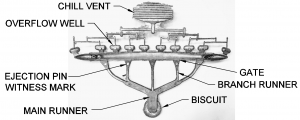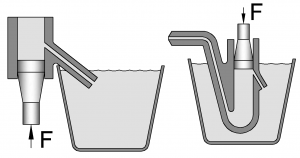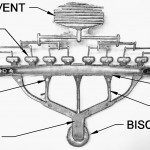Die casting is a manufacturing process that involves the use of metal molds, or dies, to produce complex and intricately shaped metal parts. The process involves melting metal into a liquid state and then forcing it into the mold under high pressure. The metal is then allowed to cool and solidify, taking the shape of the mold.
There are several different types of die casting processes, including gravity die casting, high pressure die casting, low pressure die casting, and vacuum die casting. Each process has its own advantages and disadvantages, and the choice of process will depend on the specific requirements of the part being produced.
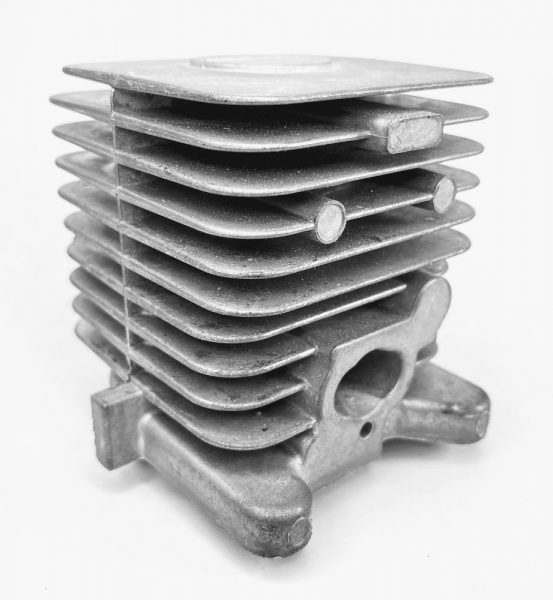
One of the main advantages of die casting is that it allows for the production of high-precision, complex parts with consistent accuracy and repeatability. The metal molds used in the process are typically made from high-strength steel, ensuring that they can withstand the high pressures involved and last for many cycles of use.
Another advantage of die casting is that it is a relatively fast and efficient process, with the production of each part taking just a few seconds. This means that it is possible to produce large quantities of parts in a relatively short period of time, making it a cost-effective method for mass production.
One of the main disadvantages of die casting is that it requires a substantial upfront investment in the metal molds. These molds are custom-made for each part, and can be expensive to produce. In addition, the molds can only be used for a limited number of cycles before they need to be replaced, adding to the overall cost of the process.
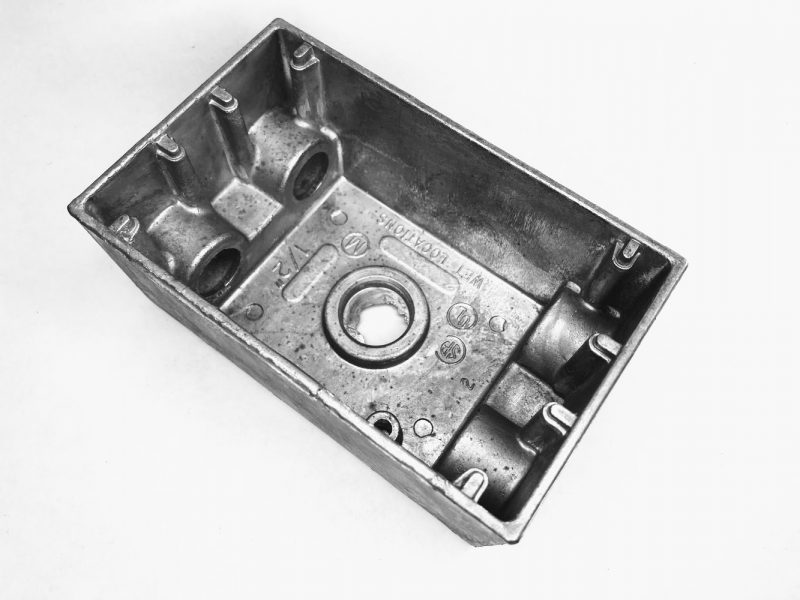
Another disadvantage of die casting is that it can be difficult to produce parts with thin walls or complex internal structures using the process. This is because the high pressures involved can cause the metal to deform or collapse as it is being forced into the mold.
Despite these challenges, die casting remains a popular and widely used manufacturing process for a wide range of metal parts, including engine blocks, transmission cases, and electrical components. With advances in technology and materials, the process is continuing to evolve and improve, making it possible to produce ever-more complex and precise parts.
Die casting is a fast, efficient, and cost-effective method for producing high-precision metal parts. However, the process requires a substantial upfront investment in metal molds, and can be challenging when producing parts with thin walls or complex internal structures.
References
“Gravity Die Casting.” Gravity Die Casting, www.open.edu/openlearn/science-maths-technology/engineering-technology/manupedia/gravity-die-casting.
“NADCA – North American Die Casting Association.” Www.diecasting.org, www.diecasting.org/. Accessed 16 Feb. 2023.

